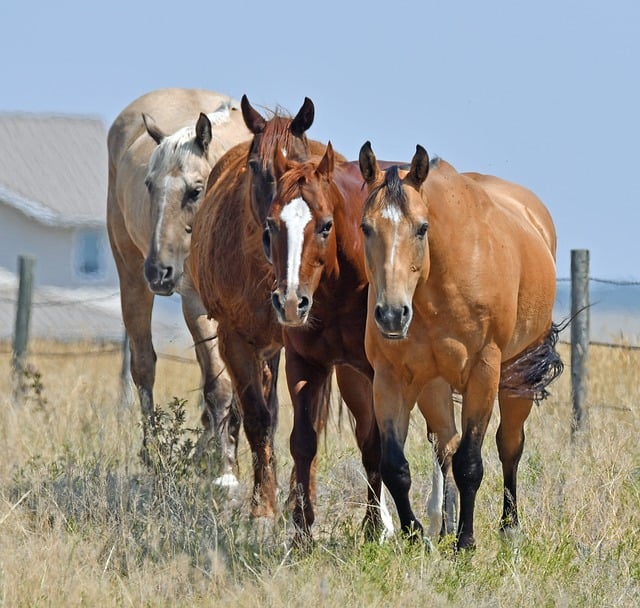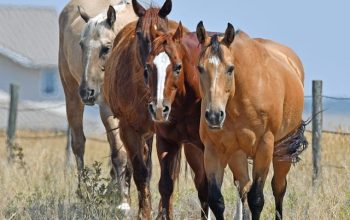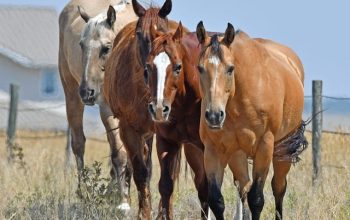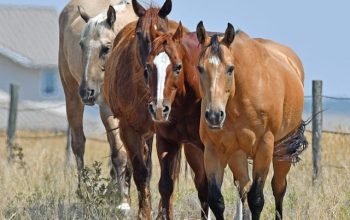In Ontario, durable cattle fencing is crucial for farm owners, with traditional materials like steel and wood remaining popular due to strength and longevity. Modern innovations such as high-tensile wire and vinyl coatings offer enhanced durability, corrosion resistance, and low maintenance. Various designs cater to specific needs, from post-and-rail fences for visibility to mesh fences offering superior strength. The right fence ensures efficient livestock management and peace of mind, considering climate, landscape, safety, cost, and environmental impact. Key factors for effective cattle containment include material durability, proper posts and rails, high-quality mesh panels, electric fencing, anchoring, maintenance, and inspections.
“In Ontario, effective cattle fencing is crucial for optimal farm management. As we advance into 2025, farmers are presented with a multitude of options catering to diverse needs and preferences. This article explores the top 10 cattle fencing solutions, focusing on materials, designs, electric systems, customized approaches, and eco-friendly choices. Discover how durable wood, versatile steel, and innovative vinyl options, coupled with electric fencing’s modern edge, can enhance your farm’s efficiency. Learn about tailored solutions for unique terrain, cost-effective measures, and the integration of natural barriers, ensuring your cattle stay contained while your farm thrives.”
Materials and Designs for Durable Cattle Fences
When it comes to cattle fencing in Ontario, durability and reliability are paramount for farm owners. The right materials and designs can ensure a fence stands the test of time, withstanding the constant movement of livestock while providing adequate security. Traditional options like steel and wooden posts remain popular choices due to their strength and longevity. However, modern innovations such as high-tensile wire and vinyl coatings offer enhanced durability, corrosion resistance, and low maintenance.
For farms seeking a balance between functionality and aesthetics, there’s a range of designs available. From simple post-and-wire configurations to more intricate welded mesh panels, each style caters to different needs. Post-and-rail fences, for instance, provide clear visibility and easy access, while mesh fences offer superior strength and flexibility, reducing the risk of damage from cattle rubbings. Incorporating these materials and designs ensures a robust fence for farms, contributing to efficient livestock management and peace of mind for Ontario’s agricultural community.
– Overview of popular fence materials in Ontario
In Ontario, choosing the right cattle fencing option is a significant decision for farmers aiming to secure and manage their livestock effectively. The province’s diverse climate and landscapes demand durable, long-lasting fence materials that can withstand harsh winters and warm, humid summers. Popular choices among farm owners include sturdy post-and-rail fences, which offer a classic aesthetic and reliable containment for cattle.
Additionally, high-tensile wire fencing is gaining traction due to its strength, durability, and ability to provide clear visibility, crucial for monitoring livestock movements. Vinyl and wood fence options also remain popular for their low maintenance, long lifespans, and appeal to homeowners and neighbours alike. With an emphasis on safety, cost-effectiveness, and environmental impact, Ontario farmers can select from a range of materials tailored to their specific farm needs, ensuring efficient cattle management in 2025.
– Advantages and longevity of different options (e.g., wood, steel, vinyl)
When considering a fence for farms in Ontario, material plays a significant role in determining longevity and effectiveness. Wood fences are a popular choice due to their natural aesthetic appeal and reasonable cost. They require regular maintenance, such as painting or staining, to protect against rot and insect damage, but can last 15-20 years with proper care. Steel fences offer superior durability, resisting rust and extreme weather conditions. While initially more expensive, they require minimal upkeep and can withstand up to 30 years, making them a cost-effective long-term investment for farm fencing. Vinyl fences are another low-maintenance option, known for their vibrant colors and ability to mimic wood or steel styles. They’re resistant to rot, mold, and UV damage, guaranteeing around 25 years of service life with minimal upkeep.
Each material brings unique advantages to the table when it comes to fence for farms. Steel and vinyl, in particular, offer enhanced security and require less maintenance over time compared to wood. However, wood can still be a viable option for those seeking a more traditional look and are prepared to commit to regular maintenance. Ultimately, the best choice depends on individual preferences, budget, and the specific needs of the farm.
– Design considerations for maximum cattle containment
When designing a fence for farms in Ontario with cattle containment in mind, several key factors come into play. Firstly, consider the type and size of your livestock – larger animals may require taller fences to prevent them from leaping over. Secondly, the layout of your property is crucial; a complex or irregular shape might necessitate a more intricate fencing system. Additionally, choosing materials that are durable and resistant to local environmental conditions is essential for long-term effectiveness.
For optimal containment, a combination of strong posts, sturdy rails, and high-quality mesh panels can be effective. Electric fences are also an option, particularly for larger properties, as they provide an invisible yet powerful barrier. Ensure the fence is properly anchored to withstand strong winds and potential wildlife interactions. Regular maintenance and inspections will further guarantee its longevity and continued effectiveness in keeping cattle secure within their designated areas.
When selecting a fence for farms in Ontario in 2025, it’s crucial to balance durability, cost-effectiveness, and aesthetic appeal. The top 10 cattle fencing options outlined in this article offer diverse solutions tailored to different needs and preferences. Whether you prioritize natural aesthetics with wood or seek low-maintenance longevity with vinyl, there’s a fence type that can enhance your farm’s landscape while ensuring the safe containment of your cattle. Remember, investing in quality fencing is an investment in your farm’s productivity and long-term success.




